If there is any one consistency in music, it is structure. This is something that may be the most tangible aspect of music. It's something that you easily understand and build upon as you progress. Take Major keys of music. Aside from the variations in pitch and appearance on the keyboard, there isn't any difference between Major keys of music.
that you easily understand and build upon as you progress. Take Major keys of music. Aside from the variations in pitch and appearance on the keyboard, there isn't any difference between Major keys of music.
This is actually a good thing because it allows us to use the number system to navigate through music. Especially when it's a chord progression and even further, if we're modulating to another key. All Major keys of music are equal in this respect.
The number system in music simplifies the process of the aforementioned because each tone in a key of music has its own unique number within the key.
Take the key of C Major as an example. Each tone is numbered 1 through 7. The key of G Major is identically structured the same numerically.
The key of G Major is identically structured the same numerically. The key of G flat Major is radically different in appearance but again has the same numerical structure.
The key of G flat Major is radically different in appearance but again has the same numerical structure.
Since each note has a corresponding chord, the numbers can represent these chords also.
Key of C 1 chord Key of G 5 chord
Key of G 5 chord Key of G flat 2 chord
Key of G flat 2 chord But if you're familiar with the chords in a Major key of music, you're aware that they're diatonic chords. In other words, they're made up of the tones that exist within the key. Because of this, they're not all Major chords or minor chords. Instead, they're a mixture of the two.
But if you're familiar with the chords in a Major key of music, you're aware that they're diatonic chords. In other words, they're made up of the tones that exist within the key. Because of this, they're not all Major chords or minor chords. Instead, they're a mixture of the two.
Now if we use the simple numbers of the number system, it will tell us what the tones (and its corresponding chords) are numerically, but doesn't give us the specifics of whether they are Major or minor.
Enter Roman Numerals
Roman numerals have always been a convention in classical music. Because of the simplicity of them and what I'm going to share with you about how they're used in popular music, it's important to understand how they're used in contemporary settings.
Just a quick lesson on Roman numerals
Even though Roman numerals are easy to understand, it's also easy to believe that most people don't use them in everyday settings. So don't feel bad if you're a little rusty.
A simple I signifies a 1. This is simple to remember for obvious reasons. Of course this makes the Roman numeral 1 easy to remember. Add another I for 2 (II) and two more I's for the roman numeral 3 (III)
Add another I for 2 (II) and two more I's for the roman numeral 3 (III)
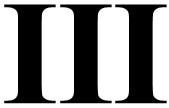 Moving on to Roman numeral 4, it seems we could just have 4 III's but we can't. This is as far as the I's can go on their own. To get to Roman Numeral 4 we have to use a V which is Roman numeral 5. In order to transform it to a 4, we simple put an I before it (IV). Just think of it as 5 minus 1 in which you get 4.
Moving on to Roman numeral 4, it seems we could just have 4 III's but we can't. This is as far as the I's can go on their own. To get to Roman Numeral 4 we have to use a V which is Roman numeral 5. In order to transform it to a 4, we simple put an I before it (IV). Just think of it as 5 minus 1 in which you get 4. I've already given away the Roman numeral 5 by explaining 4 so the 5 will be a V by itself.
I've already given away the Roman numeral 5 by explaining 4 so the 5 will be a V by itself. Even though we've covered numbers 1 through 5, we only have two Roman numeral figures. And, these are the only ones that musicians use in music. We don't need to be concerned with the others.
Even though we've covered numbers 1 through 5, we only have two Roman numeral figures. And, these are the only ones that musicians use in music. We don't need to be concerned with the others.
Moving on to Roman numeral 6, how do you think it appears? Well, we'll use V for the 5 but we need another figure for it to add up to 6. So we'll put an I after the V this time and now we have Roman numeral 6. Again, think 5 plus 1 to equal 6. I hope you've noticed a pattern here because the last Roman numeral (7) has just one more element. Can you guess what it is? That's right it's another I in front of the VI. So VII is Roman numeral 7. (5 plus 2 =7)
I hope you've noticed a pattern here because the last Roman numeral (7) has just one more element. Can you guess what it is? That's right it's another I in front of the VI. So VII is Roman numeral 7. (5 plus 2 =7)
With Roman numeral figures a key of music looks like this:
Key of C
Key of G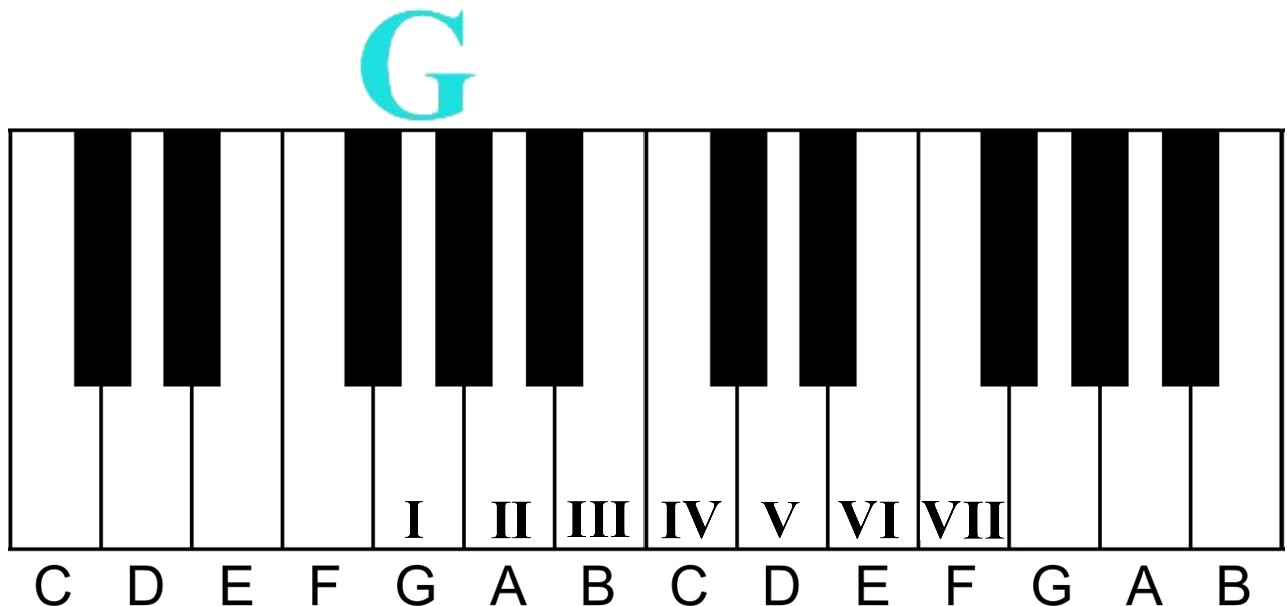
Key of G flat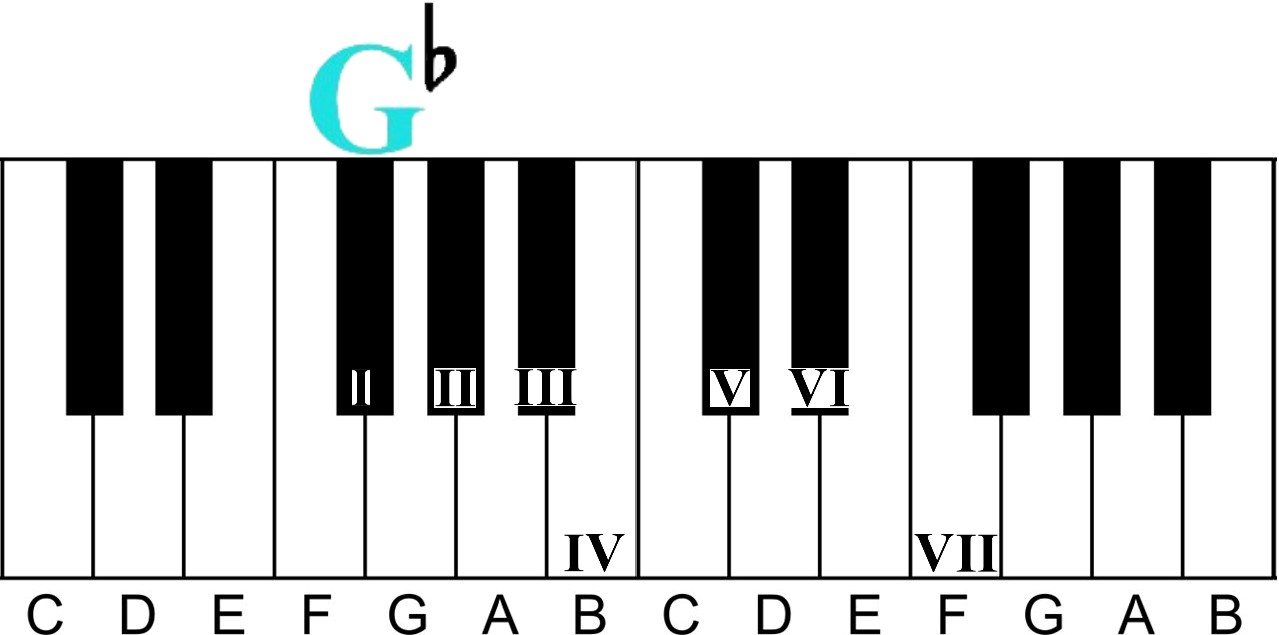
Now let's get back to why Roman numerals are used instead of just simple numbers. As you may have noticed, the Roman numeral figures are in all Capital letters. This isn't necessarily wrong for popular musicians (of course, some would disagree). But it doesn't convey enough information about the chord structure. If we stay true to diatonic harmony, we have to distinguish Major chords from minor chords. You may have already guessed in which how that is accomplished.
We can easily use upper and lower case Roman numeral figures with the numbering system.
Diatonic harmony is structured as follows:
So demonstrating diatonic harmony more accurately, it will look like this. I should also mention that the vii chord has a degree symbol next to it to denote that it's diminished.
Key of C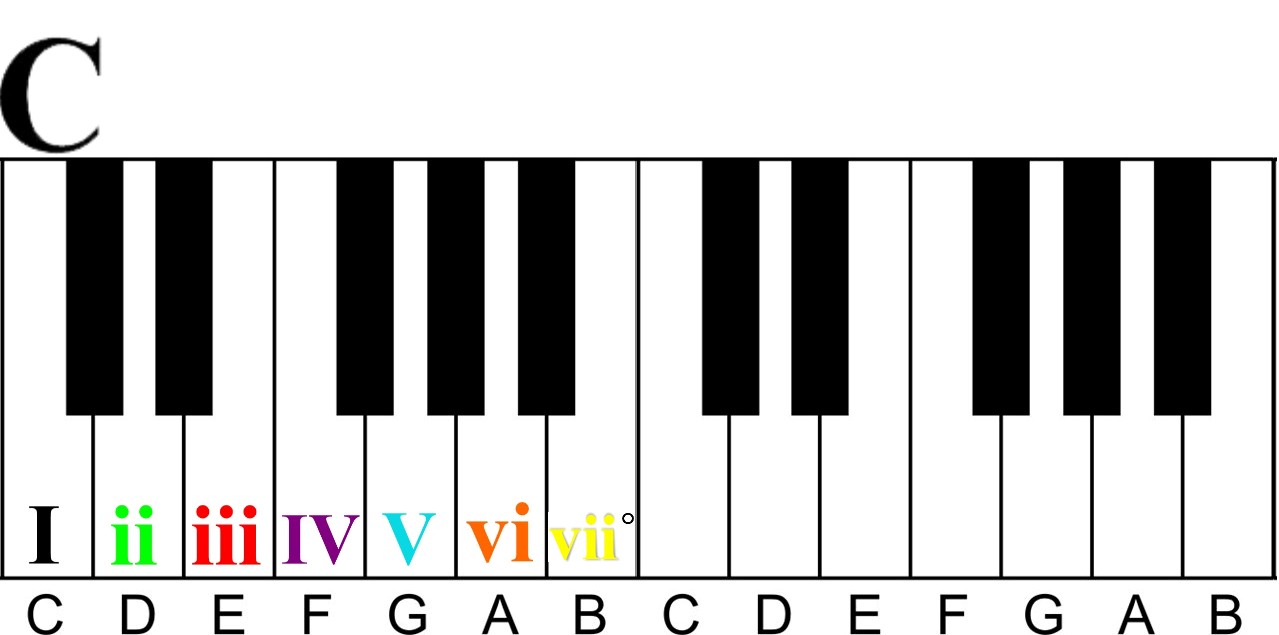
Key of G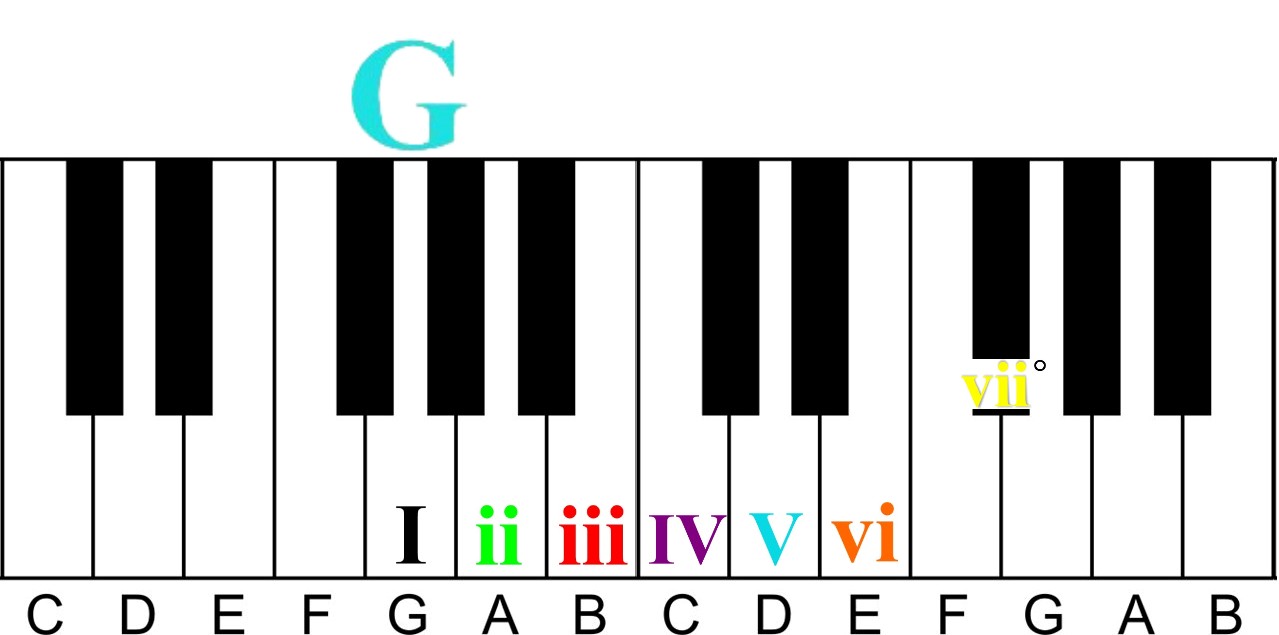
Key of G flat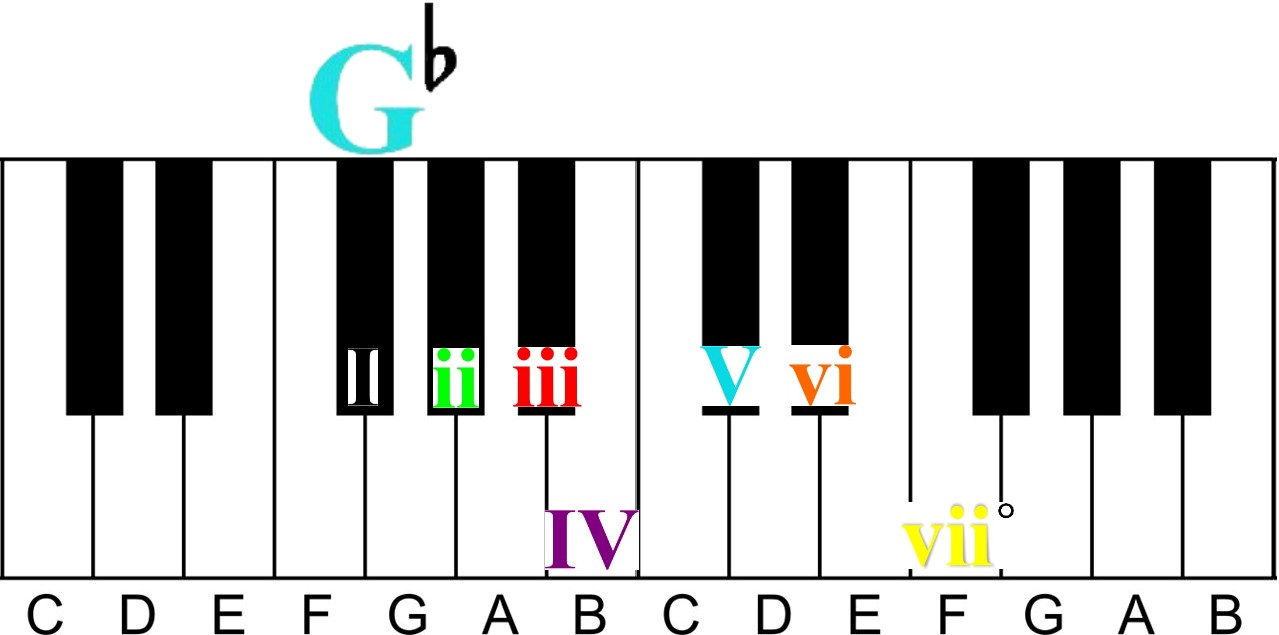
But don't just think of using upper and lower case figures with diatonic harmony. What if I wish to play the vi chord as Major? Simply notate it so it denotes a Major chord (VI) even though the 6 is normally minor.
Even substituting Major for minor, you would still use lower case figures such as playing the IV chord as minor.
If Roman numerals could only denote Major and minor chords, they would be lacking something because harmony can go beyond these simple harmonies.
I'm actually talking about extended tones such as 7ths, 9ths etc. If any of these are used, they're simply added to the Roman numeral.

Even though Roman numerals are a simple concept, be sure to learn the specifics because they're widely used in contemporary music now. It makes harmony as well learning songs and music concepts easier and more fun.
Until next time, Go Play!
Greg Lee
Latest posts by Greg Lee (see all)
- What is a minor/Major 7 Chord? - October 26, 2023
- 7 Chord Substitutions that Professionals Use - October 19, 2023
- 5 Simple Chord Tricks to Sound Amazing - October 5, 2023



